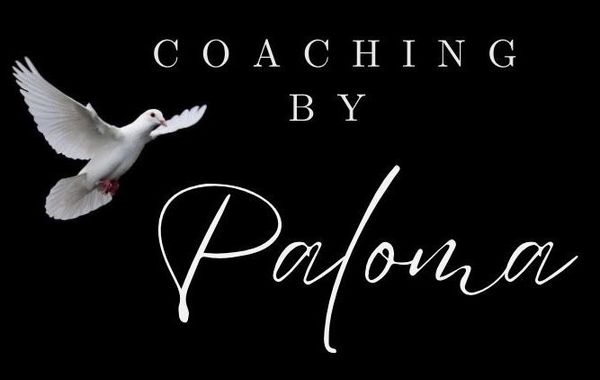Heal from the inside and transform your relationship to love.
I’m Heather Holzhauser “Paloma” a Licensed Therapist and Certified Integrated Attachment Theory Coach. After years in private practice as a therapist and experiencing perplexing relationships in my personal life, I started to become curious about what was happening. I thought, “I’m a therapist, why can’t I figure this out”!
It was at that time, I came along the Personal Development School and enrolled in the Certified Integrated Attachment Theory Certification program. I was looking for the missing puzzle piece for the other people in my life, but in reality I found my own missing puzzle piece too.
In all of my years of being a therapist, I have never found anything as transformative as Gibson Integrated Attachment Theory. It has changed the way I view myself, the people in my life, and my clients. If you’re committed to understanding yourself and your partner better, I want you to know there is hope!
Gibson Integrated Attachment Theory is different from traditional attachment theory, because it addresses the Core Wounds, Needs, Boundaries, Communication Patterns, Behavioral Patterns, and Emotional Patterns for each attachment style.
While I do specialize in working with individuals with dismissive avoidant attachment styles and their partners, I have a wealth of knowledge and expertise in working with any attachment style.
What is an attachment style?
An attachment style is how a person typically thinks, feels, and acts in their close relationships. All of this happens on autopilot, so you can see how challenging this might be when two people are in relationship with one another have a subconscious set of rules they are “playing by”. Knowledge is power and our first goal is to understand what is happening and bring it to the surface.
The Four Attachment Styles
If you’re ready for the next step, I would love the opportunity to work with you.
